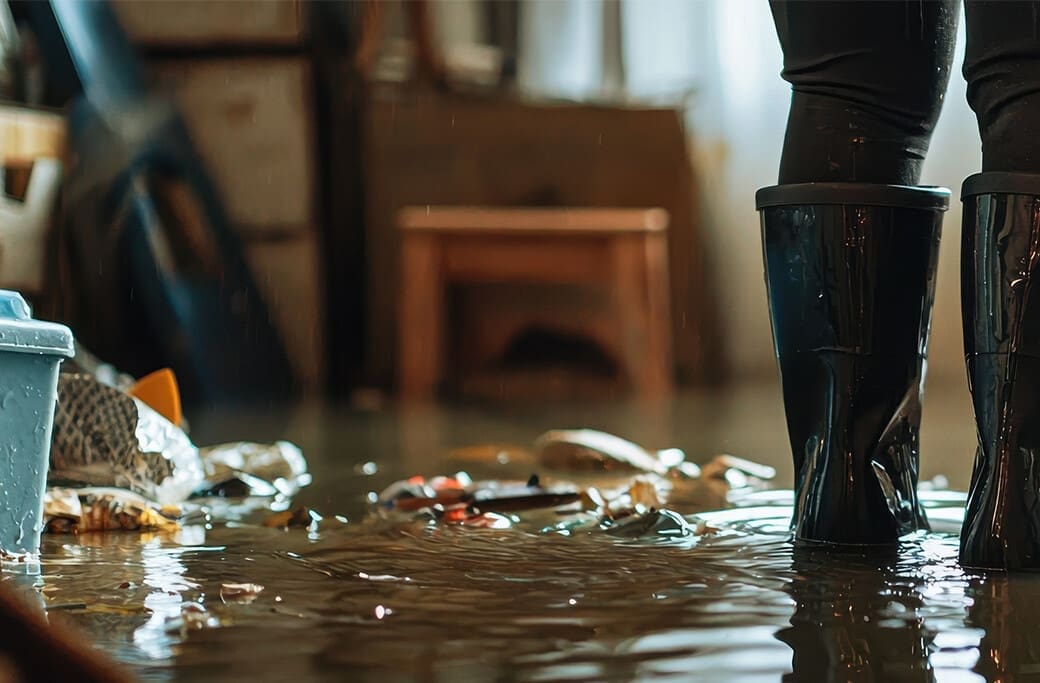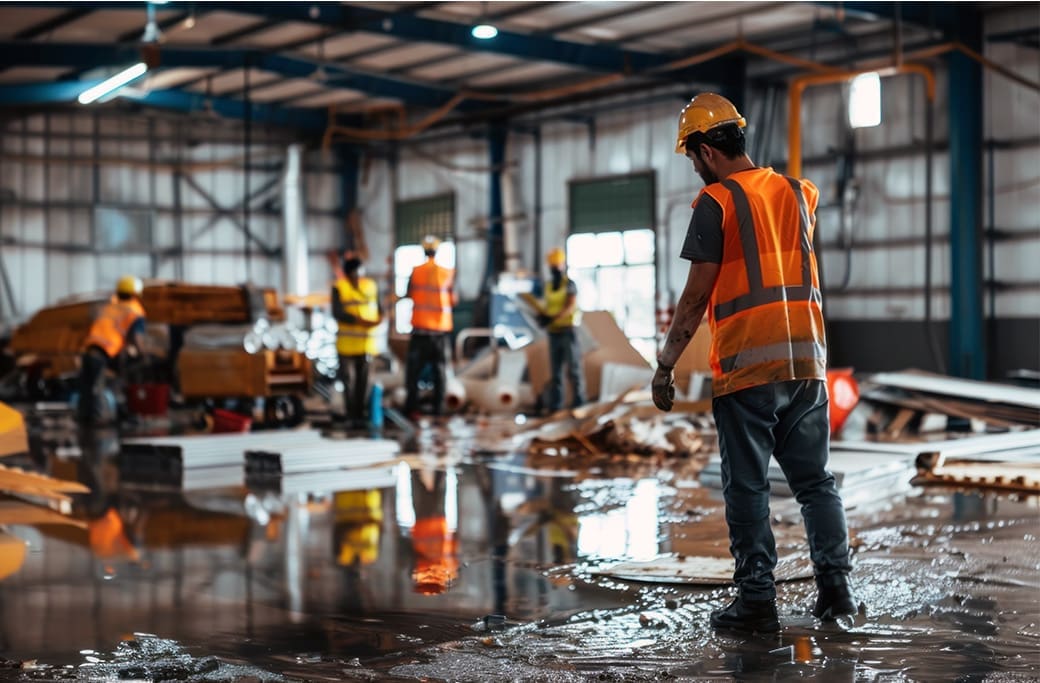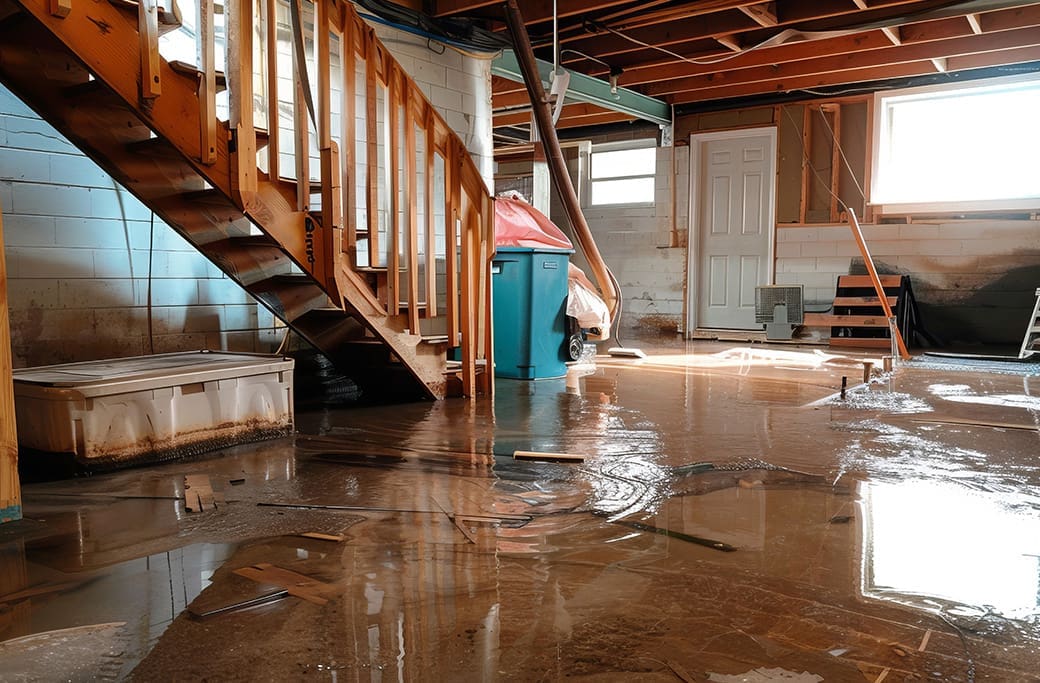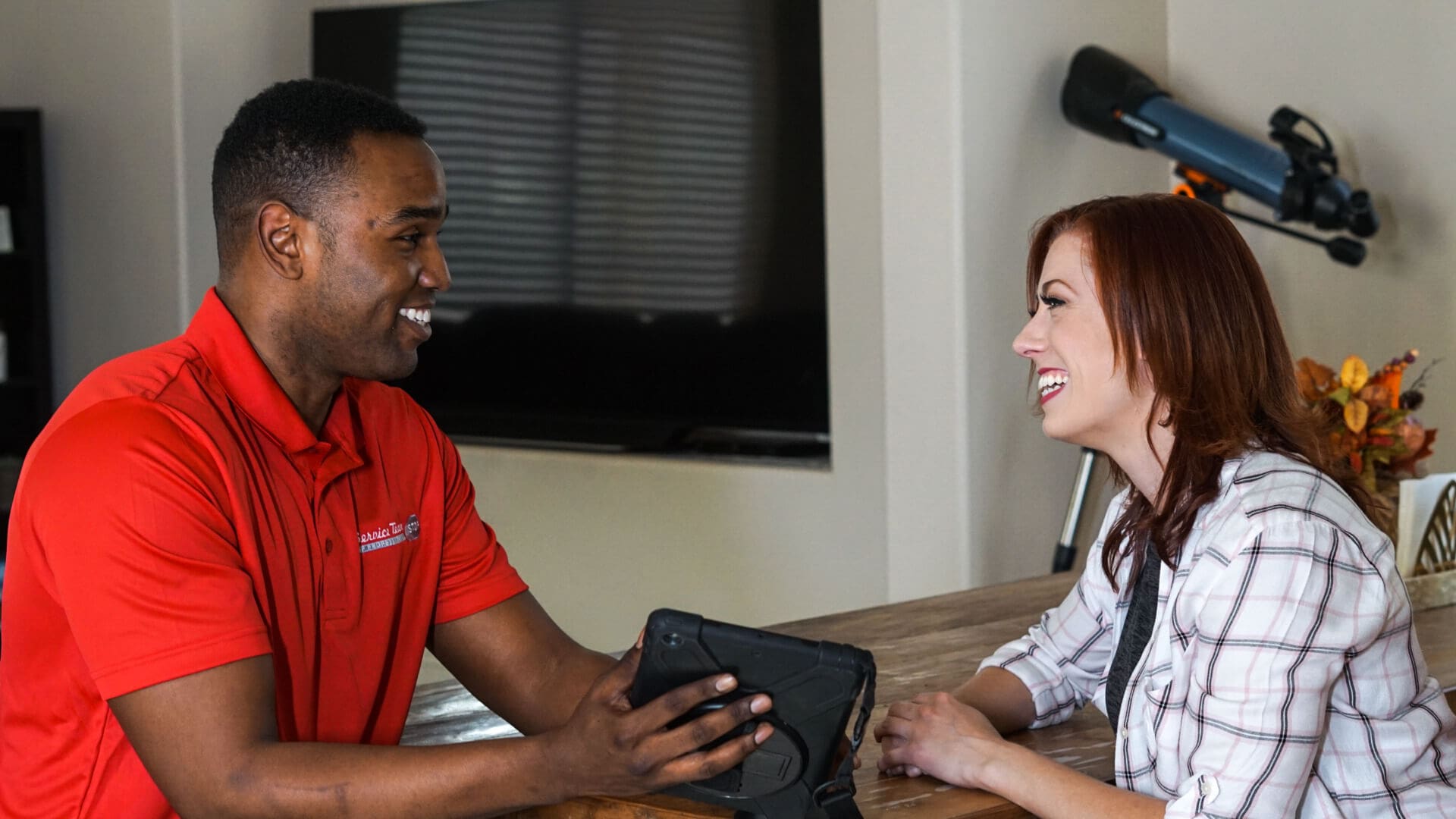
Mold is one of those household horrors that can strike fear into the hearts of homeowners and property managers. It grows stealthily, spreads rapidly, and carries with it a host of health concerns. With the omnipresence of false information on the internet, it’s time to clear the air (quite literally) on mold and the restoration process. From the basics of what mold actually is to how professionals restore homes and businesses, STOP Restoration is breaking down these misconceptions and building a foundation of knowledge that empowers rather than scares.
Understanding the Basics of Mold and Restoration
Before we dispel the myths, we must understand the true nature of mold and the rigorous restoration process.
Mold is a type of fungus that grows in multicellular filaments called hyphae that intertwine to form the mycelium — the structure underlying the fungal colony. It’s important to realize mold is not inherently sinister; it plays a vital role in the natural environment by breaking down dead organic matter. However, when it grows out of control within the confines of our homes or properties, it becomes a serious issue that merits remediation.
Mold restoration is the systematic process of cleaning, disinfecting, and rebuilding areas of your home or property that have been contaminated with mold. This includes not only addressing the visible signs of mold but also identifying and neutralizing the root cause of the growth to prevent future outbreaks.
Debunking Common Misconceptions About Mold
Myth 1: Mold Only Grows in Damp Areas
Mold is often associated with moisture, and while this is a condition for mold growth, it is not the sole one. Mold can and does grow in areas with high humidity levels, poor ventilation, or where water has seeped into dry materials. A common misconception is thinking that dry surfaces are mold-proof. However, even the smallest moisture content can provide enough water for mold to grow.
Understanding that mold can be sustained by humidity alone is crucial for effective home maintenance. In certain climates, it may require constant vigilance, even in areas you might not think are at risk due to a lack of visible dampness.
Myth 2: All Mold is Harmful
The media often portrays mold as a dangerous substance, and while some molds can produce toxins under certain conditions, not all are harmful to humans. In fact, everyday foods like cheese are formed by the growth of molds and are perfectly safe to consume. It’s the concentration, the type, and the particular sensitivities of individuals that create health concerns.
Mold exposure can affect people differently, with some experiencing no symptoms at all. Understanding the specifics of the mold in your environment, its spore count, and the health of those exposed are critical in judging the severity of the situation.
Myth 3: You Can Remove Mold with Household Cleaners
The idea that bleach or other household cleaners are adequate for mold removal can be dangerously inaccurate. While they might seem to work on surface mold, they often exacerbate the problem by causing the mold to release spores. These spores can then spread to new areas, creating additional colonies.
The use of professional-grade solutions, the right techniques, and protective equipment is necessary for safe, effective mold remediation. Home remedies and general cleaners are just not equipped to handle the root issue.
The Truth About Mold and Its Impact on Health
Exploring the Effects of Mold on Indoor Air Quality
Mold can have a significant impact on indoor air quality. When mold spores are disturbed, they can become airborne, leading to the inhalation of spores by the building occupants. This can exacerbate or lead to respiratory problems, especially in those with allergies or asthma.
Indoor air quality testing can determine the presence and concentration of mold in your home, offering insights into the level of risk. High-quality air filters, proper ventilation, and professional mold testing can all contribute to healthier indoor air.
Understanding the Health Risks Associated with Mold Exposure
Prolonged exposure to mold can lead to various health issues, including respiratory problems, coughing, wheezing, and skin and eye irritation. Certain individuals, such as the immunocompromised or those with chronic lung diseases, may experience more severe reactions to mold exposure.
It’s essential to take any signs of mold growth seriously, especially if you or your family members are experiencing unexplained health problems. Professional assessment and remediation can help identify the source of your health concerns and provide a path to resolution.
Mold Restoration: What It Entails
The Importance of Professional Mold Remediation
Professional mold remediation is necessary to ensure that mold is properly identified, removed, and that any resulting damage is appropriately addressed. Mold remediation specialists are trained to handle mold in a way that minimizes risks to both the occupants and the property.
Attempting to manage mold on your own can lead to incomplete removal, further growth, and potential health hazards. It’s not a DIY project; it’s a job for those who understand the complexities of mold and the importance of complete restoration.
The Steps Involved in Mold Restoration
The mold restoration process typically involves:
Assessment: An initial inspection to determine the scope of the damage and the source of the moisture that’s sustaining the mold.
Containment: To prevent the spread of mold spores, professionals will use physical barriers and negative air chambers.
Air Filtration: Specialized filtration equipment captures tiny mold spores from the air during the remediation process.
Removal: Depending on the extent, mold-infested materials may be removed while using techniques to minimize the release of spores.
Cleaning: Restorable items are cleaned with a variety of techniques, including dry cleaning, wet cleaning, and immersion cleaning.
Restoration: Finally, the restoration phase involves minor repairs like installing drywall, painting, and replacing carpet, as well as significant repairs like the reconstruction of various areas or rooms in a home or business.
Each step of the process is vital to restoring the property to a safe and habitable condition.
Preventing Mold Growth in Your Home or Property
Tips for Effective Mold Prevention
To prevent the growth of mold, it’s essential to keep indoor humidity levels below 60%. Proper ventilation, such as exhaust fans in bathrooms and kitchens, can help manage moisture in these areas. Ensuring proper drainage around your property and maintaining your gutters can prevent water from seeping into your home.
Regular cleaning and maintenance of your HVAC system can help prevent mold from spreading through the air ducts. Insulating cold surfaces to prevent condensation is also an effective mold prevention strategy.
The Role of Regular Inspections in Mold Prevention
Regular inspections can catch mold infestations early, preventing them from spreading and causing significant damage. If you notice a musty smell or see visible signs of mold growth, it’s essential to act quickly to prevent the issue from getting worse.
Professional inspections can also help identify areas of high humidity or hidden moisture sources that might not be readily apparent to a homeowner. An inspection can be an invaluable tool in maintaining a mold-free home or property.
Common Misconceptions About Mold and Restoration
Understanding the truth about mold and its restoration process is the first step in taking proactive measures. It’s important to know that mold is a manageable problem, not an unconquerable plague on your living space. Being aware of the risks, signs, and prevention methods is crucial for maintaining a healthy home environment.
If you suspect mold growth in your home or property, don’t wait until it becomes a larger, more hazardous issue. Contact STOP Restoration to assess the situation and provide the necessary remedies. It’s an investment in your property’s safety, longevity, and the well-being of its occupants. With proper prevention measures and prompt remediation, you can maintain a healthy living space free from mold growth. Remember, it’s better to be safe than sorry when it comes to dealing with mold.




